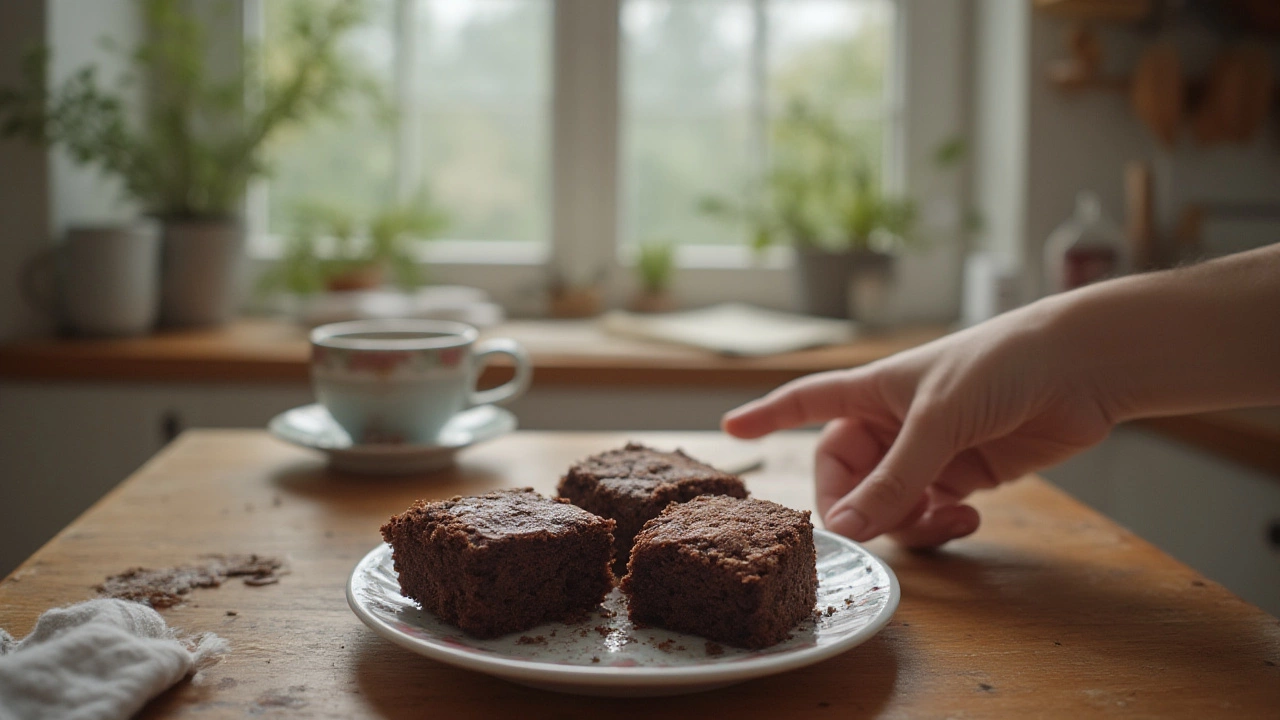
How to Tell If Your Brownies Have Gone Bad: Storage, Signs, and Shelf Life
Nobody wants to bite into a spoiled brownie. Learn how to spot bad brownies, keep them fresh longer, and avoid any nasty surprises with this simple guide.
Ever grabbed a brownie from the fridge and taken a bite, only to be hit with a sour taste? That’s a classic spoilage sign, and catching it early saves you from a nasty stomach upset. Below are the most common clues that tell you a dessert has gone bad, plus quick fixes to keep your sweets safe.
Mold is the most obvious red flag. White, green, or black fuzzy patches on brownies, cookies or macarons mean it’s time to toss. Even a dull, dry surface can mean the product has dried out and may have started to rot underneath. If you see any discoloration—like a pinkish tint on frosting or a brownish ring around the edge—don’t trust it.
Fresh desserts smell sweet, buttery or chocolaty. A sour, fermented, or rancid odor signals bacterial growth. For example, a once‑crunchy cookie that now smells like cheese is definitely spoiled. Trust your nose; if it feels off, the taste will be too.
Texture tells a story as well. Brownies that should be fudgy but feel unusually hard or crumbly might have dried out or developed hidden microbes. Frosted brownies that become soggy or sticky can be a sign of condensation inside the container, which encourages spoilage.
When it comes to storage, keep baked goods in airtight containers. Refrigeration slows bacterial growth but can dry out items like macarons if they’re not sealed properly. For long‑term storage, freeze brownies and cookies in a zip‑lock bag with a piece of parchment between layers.
Watch the dates. Even if a treat looks fine, it can be past its prime. Most baked goods last 3‑5 days at room temperature, up to a week in the fridge, and several months in the freezer. Write the bake date on the container to avoid guesswork.Some desserts have hidden spoilage signs. For instance, no‑bake cheesecake can develop a watery layer on top, indicating separation and potential bacterial activity. Likewise, vegan sweets that contain nuts or coconut oil may develop an off‑taste if stored in a warm pantry.
If you’re unsure, perform the “taste test” safely: take a tiny bite, wait a few seconds, and spit it out. A sharp, sour, or metallic flavor means it’s gone bad. Never swallow a large piece if you suspect spoilage.
Finally, keep your kitchen clean. Regularly wash containers, wipe down shelves, and replace old sponges. A clean environment reduces the chances of cross‑contamination that can ruin your desserts faster than you think.
By staying alert to these spoilage signs—visual, smell, texture, and storage cues—you’ll enjoy fresher, safer treats every time. Happy baking, and keep those desserts delicious!

Nobody wants to bite into a spoiled brownie. Learn how to spot bad brownies, keep them fresh longer, and avoid any nasty surprises with this simple guide.